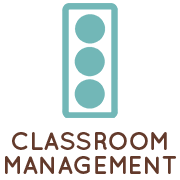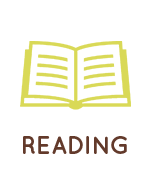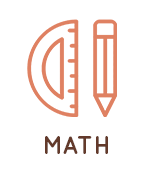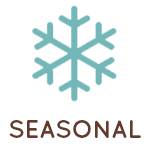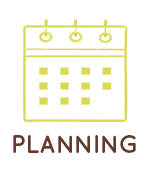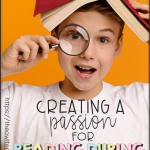
If you were to do a google search on instilling the love for reading, you would get back about 12 million hits! That’s incredible. Yet, we still have children that struggle with loving reading in our classrooms. What is the cause of this? Why don’t children love to read? And since children need to read in all content areas, how can we create a passion for reading in science?
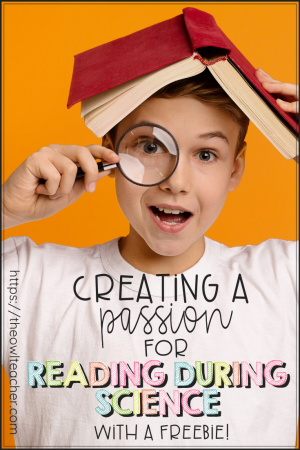
Often, science is looked at as a content area that is more “doing” rather than reading. And when reading does come into the equation, the main source is the textbook.
Textbooks kill the love of reading. They are often very dry and boring, along with being quickly outdated. They are often full of large, tier 3 words that students struggle with and heavy with complex sentences. They are definitely written a few levels above their grade level.
So what can you do during science to light students on fire for reading?
Tips to Create a Passion for Reading During Science
1.) Make Science Hands-On.
Yes. When science is hands-on, it piques students’ interests and builds curiosity! They start asking questions like, “How did that happen?” “Why did that happen?” and they want to know more! This is always a good time to follow up with authentic reading. Authentic reading is reading with a purpose, or in this case, a text that answers a question a student has. It is NOT the textbook.
2.) Bring in the trade books, picture books, and other variety of texts.
Students are never too old for picture books and there are a lot of great books out there that are perfect for teaching science concepts. The Picture Perfect books provide you with a list of picture books and lesson ideas for each one. They are phenomenal books! (Affiliate Links)
- Picture-Perfect STEM Lessons K-2
- Picture-Perfect STEM Lessons 3-5
- Picture-Perfect Science 3-6
- Even More Picture-Perfect Science K-5
- More Picture-Perfect Science K-4
- Teaching Science Through Trade Books
3.) Use technology.
Reading during science doesn’t always have to be in printed form. Students can go online and find science articles through news websites, science magazines, or even popular (but credible) science websites. There are always events happening in our day-to-day lives that involve science.
4.) Teacher Generated Interest.
You can create interest in the students by creating a “raffle” of new science picture books, creating a “caught reading” board with pictures of students reading, or a “mystery book” event. With the mystery book, just wrap it in paper and write science concept hints on the outside to see if anyone can guess what it’s about.
5.) Student Sharing.
Have students read books and share out about it by creating book trailers, commercials, advertisements, posters, or reviews for a reading recommendations board. Students can also have a book talk that teases just a little about the book to pique students’ interests.
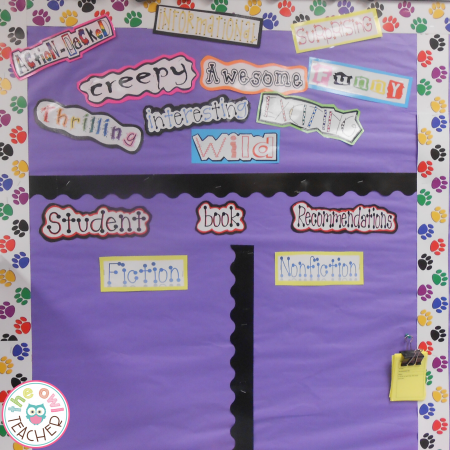
6.) Build Fluency.
One of my favorite science activities is to practice vocabulary and science concepts through the use of causation cards! These cards are like “I have, who has…” cards, but way better! Students have to wait and listen as students read their cards around the room. When someone says a phrase listed at the top of their card, they know they are next. They stand up, perform an action (related to their card and stated on the card), and state the science concept. It continues around the room until all the cards are completed. Students love this activity! They pay attention and it creates an action with the science concepts so they remember them well — plus, they are learning vocabulary while practicing reading fluency! It’s a win-win. You can find them in my store here.
7.) Integrate Reading Strategies.
Help students practice their reading skills and strategies in a “hands-on” application with nonfiction, science texts. Science lends itself well to inferences, cause and effect, compare and contrast, and many other reading skills and strategies. Then, have students complete these reading pennants below. This is a free sample from my full resource found here.
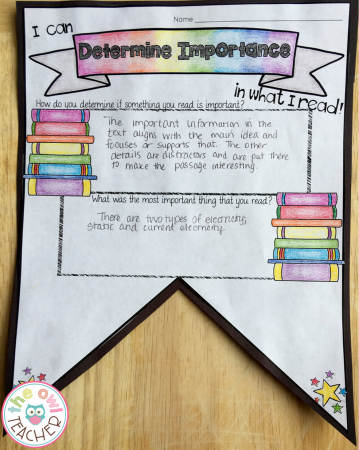
GRAB YOUR FREEBIE!
Now that you have some ideas, are you ready to get started?
I have for you my sample reading pennants from my full set to get you started!
You can download them completely free by clicking here.
Then, head over to one of these other websites below to read more great ideas – and pick up a few freebies along the way!

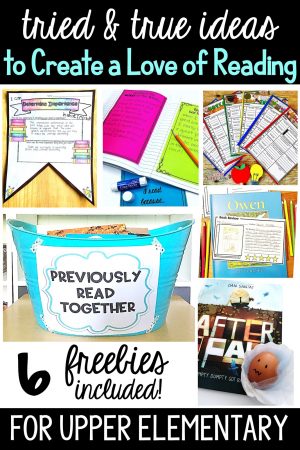
We’ve got tons of ideas for turning your students into “wild readers!” Be sure to check out these other helpful ideas for upper elementary teachers and grab some freebies!
Creating a Passion for Reading During Science // The Owl Teacher
Developing a “Love of Reading” ATTITUDE // Tarheelstate Teacher
Strategies to Help Motivate Reluctant Readers // The Little Ladybug Shop
3 Easy Ways to Instill a Love of Books with Students // Think Grow Giggle
How to Promote a Love of Reading In Your Classroom // The Stellar Teacher Company
Using Picture Books in Science // Samson’s Shoppe

